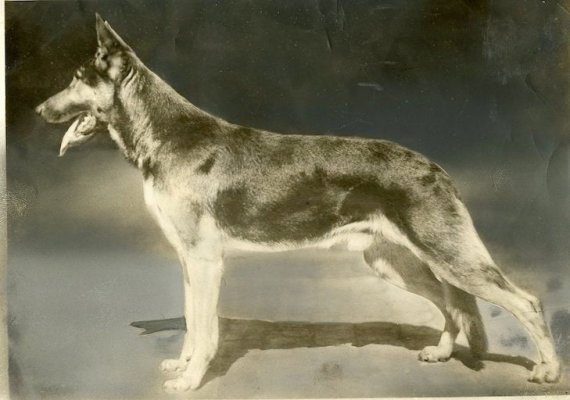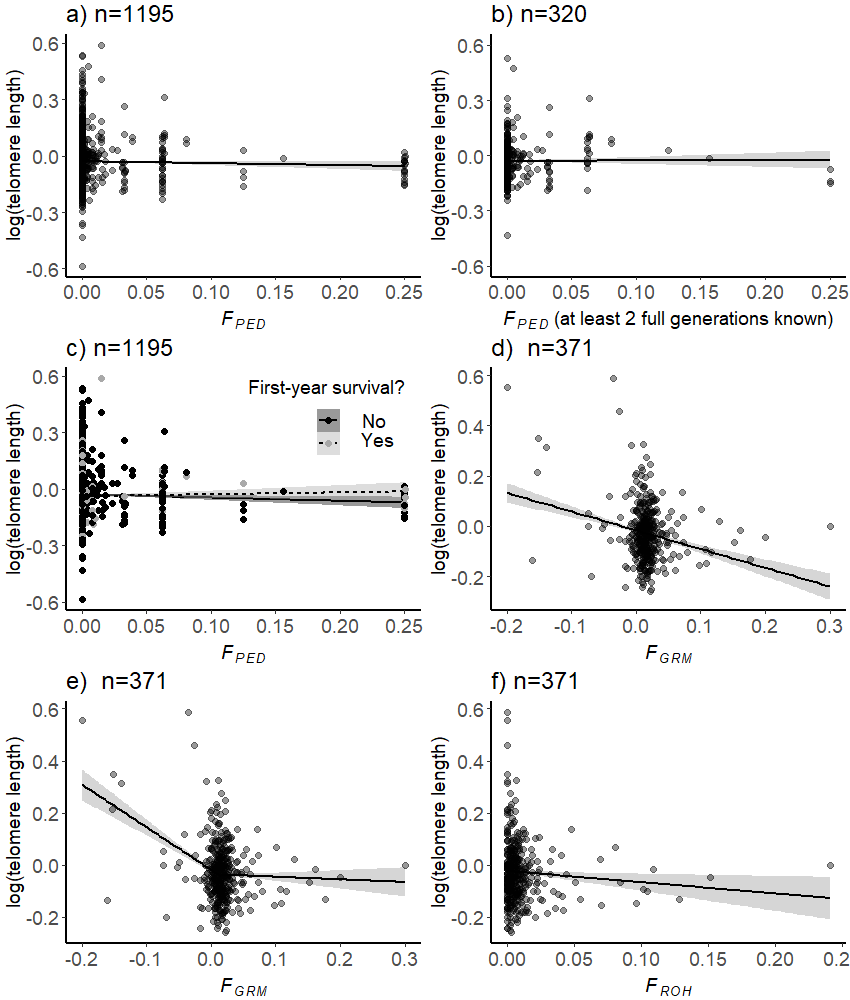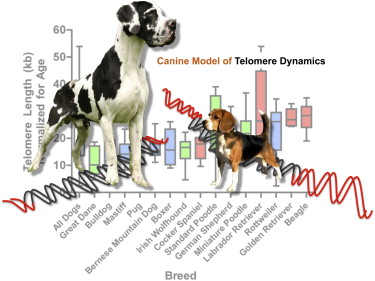- Joined
- Dec 31, 2015
- Messages
- 513
- Reaction score
- 172
I’m a physician for reference. Anytime you inbreed something, and it doesn’t matter what species, you’re taking recessive genes and increasing the frequency of that expression.Are you by chance talking about German Shepards? These breeds reach weights of up to 90 pounds. A century ago they were almost half of that weight. No wonder they get hip and heart issues. Additionally they were actively bread to get this dislocated hip because it was aesthetically favorable.
Inbreeding doesn't amplify these issues. These issues were specifically selected by humans.

Take this over simplified explanation - Let’s say hypothetically that I have a fish that is a carrier for a newly mutated gene for a heart defect… these mutations happen often but rarely produce a disease due to this:
Call the bad gene “b” and the good gene B. You need two copies of the bad gene to get the disease. 99% of fish have two good genes B/B. And the hypothetical new fish is now a carrier with the genetic make up of Bb. If the fish mates with the rest of population it will almost never produce a “bb” fish and 50% of the time produce another carrier that is Bb. Same odds occur next time those offspring produce a fish. The rate of carriers slightly increases but the chances of getting a bb diseased fish is very low and almost impossible.
Now let’s take that new fish with a mutation and inbreed it…
First offspring of a Bb x BB fish as stated above produces 50% Bb fish. Now I cross that fish with its offspring and I have a 50% chance I’m crossing a Bb with another Bb… there’s now a 1/4 chance I produced a fish with a heart defect. Then I mate that diseased fish with its offspring again…. the diseased fish has a 100% chance of passing a diseased gene and there’s a 1/2 chance the other inbred offspring is carrying. So in just 3 generations I’ve created a 50% chance of creating a new rare disease…. Amplify this with multiple genes and the possibility of new mutations too.
Hope this helps explain it a little better



















